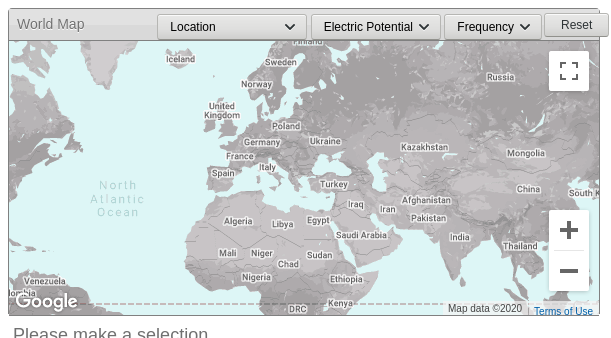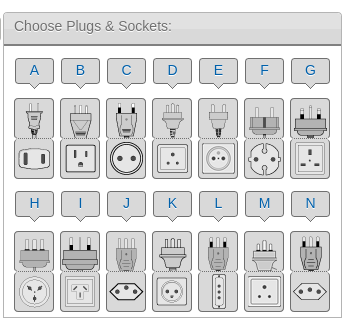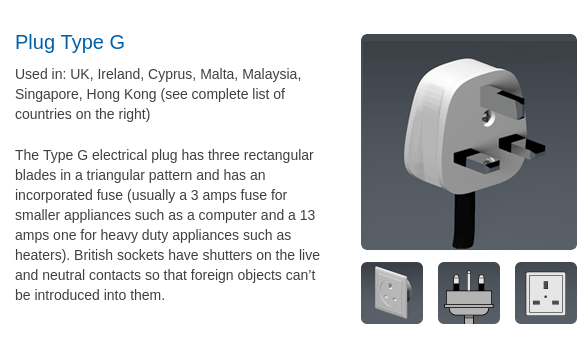
BULLSHINT is alive and well.
If you have gaps in your intelligence picture, it is ok to say "I don't know" or "I need more data to form a conclusion".
It is never acceptable to fill the gaps with speculation and call it intelligence. 🧵 1/
If you have gaps in your intelligence picture, it is ok to say "I don't know" or "I need more data to form a conclusion".
It is never acceptable to fill the gaps with speculation and call it intelligence. 🧵 1/
https://twitter.com/CovertShores/status/1522649032082038788
All forms of intelligence, including #OSINT, involve assessment, evaluation and analysis.
There are a few different models, but they mostly look somthing like this:
2/
There are a few different models, but they mostly look somthing like this:
2/

You plan, collect raw information, process it, analyse it, and then finally disseminate it for action. Always with the overall mission in mind.
Good analysis and evaluation is what turns raw information into actionable intelligence. 3/
Good analysis and evaluation is what turns raw information into actionable intelligence. 3/
Analysis is the most important part of this cycle.
This is where crucial questions are asked:
- How reliable is this?
- Can I corroborate it?
- Are there other explanations for what we see?
- What impact could this have?
- What does this mean for my mission?
And so on... 4/
This is where crucial questions are asked:
- How reliable is this?
- Can I corroborate it?
- Are there other explanations for what we see?
- What impact could this have?
- What does this mean for my mission?
And so on... 4/
Here's a little acronym I was taught to summarise the rigorousness of this process:
The ABC of intelligence analysis:
Assume Nothing
Believe Nothing
Check Everything*
(Or sometimes Challenge everything 😉) 5/
The ABC of intelligence analysis:
Assume Nothing
Believe Nothing
Check Everything*
(Or sometimes Challenge everything 😉) 5/
When - and only when - the raw information has been through this process is it ready for dissemination as *intelligence*.
Sometimes you need to go through the intel cycle many times before you achieve your objectives. 6/
Sometimes you need to go through the intel cycle many times before you achieve your objectives. 6/
Raw data without assessment, evaluation, and analysis is not intelligence.
Picture of a tank? Not OSINT.
Flightradar track? Not OSINT.
Heat spot on a satellite map? Not OSINT.
7/
Picture of a tank? Not OSINT.
Flightradar track? Not OSINT.
Heat spot on a satellite map? Not OSINT.
7/
These are raw data sources that *may* ultimately provide useful intelligence, but until they have been evaluated, verified, and assessed, they are still just raw data sources.
8/
8/
Yet in much public "OSINT" discourse we do not see this discipline.
The rush to be first, the drug of likes/retweets and the tingle of sensationalism has led to a new intel cycle model.
I present to you THE BULLSHINT CYCLE:
9/
The rush to be first, the drug of likes/retweets and the tingle of sensationalism has led to a new intel cycle model.
I present to you THE BULLSHINT CYCLE:
9/

The BULLSHINT cycle is certainly quicker than the traditional intelligence cycle and it usually generates a higher volume of output.
Producing BULLSHINT is easy and fast.
Producing good OSINT is hard. It takes time and practice.
10/
Producing BULLSHINT is easy and fast.
Producing good OSINT is hard. It takes time and practice.
10/
There is a misconception that anyone can do OSINT.
I do not necessarily agree.
If intelligence were just "finding things on the internet" or "fancy googling", then yes, this is accessible to most people.
But that is not what OSINT is.
11/
I do not necessarily agree.
If intelligence were just "finding things on the internet" or "fancy googling", then yes, this is accessible to most people.
But that is not what OSINT is.
11/
Having a laptop and a Twitter account does not automatically mean someone will produce good Open Source Intelligence.
In the same way having a piece of wood and a hammer does not mean someone will make quality furniture.
12/
In the same way having a piece of wood and a hammer does not mean someone will make quality furniture.
12/
This is not about gatekeeping - there is thankfully very little of that in the OSINT community - but about recognising that intelligence gathering is a skill that takes time and discipline to develop.
13/
13/
Contrast the cautious, measured, methodical analysis of experienced practitioners like @KofmanMichael or @CovertShores with some of the sensationalist "OSINT" accounts that cover the Ukraine conflict, for example.
13b/
13b/
Simply putting the label "OSINT" on something does not mean that it is not BULLSHINT.
There are some giveaways that help to spot the difference:
14/
There are some giveaways that help to spot the difference:
14/
One of the biggest clues is how intelligence gaps are handled.
(And there are always gaps.)
Good OSINT admits this and acknowledges the limitations of any findings.
BULLSHINT cannot admit this, and so fills the gaps with speculation that has no supporting evidence.
15/
(And there are always gaps.)
Good OSINT admits this and acknowledges the limitations of any findings.
BULLSHINT cannot admit this, and so fills the gaps with speculation that has no supporting evidence.
15/
The speculation usually has its origins in the bias of the BULLSHINT practitioner.
(And everyone has bias).
US recon flight over the Black Sea? (Observation)
Must be proof that a ship is sinking! (Speculation).
16/
(And everyone has bias).
US recon flight over the Black Sea? (Observation)
Must be proof that a ship is sinking! (Speculation).
16/
Other giveaways:
- "Sources say..." (never cites the sources)
- "It is believed..." (by who?)
- Presenting opinion as fact.
- Use of recycled and/or unverified media.
17/
- "Sources say..." (never cites the sources)
- "It is believed..." (by who?)
- Presenting opinion as fact.
- Use of recycled and/or unverified media.
17/
And the most dangerous BULLSHINT trap (but often the most difficult to perceive).
In a polarised or partisan situation, the intelligence assessments only ever support one side or cause, or only anticipate positive outcomes for the analyst's side.
🚩Big red flag🚩
18/
In a polarised or partisan situation, the intelligence assessments only ever support one side or cause, or only anticipate positive outcomes for the analyst's side.
🚩Big red flag🚩
18/
If your favourite "OSINT" sources only ever show you what you wish to be true, treat them with intense scepticism.
Confirmation bias works like an slow-acting poison in intelligence analysis.
19/ END.
Confirmation bias works like an slow-acting poison in intelligence analysis.
19/ END.
Edited to clarify: I opened this thread with a tweet from @CovertShores as an example of good OSINT practice that is in contrast to some other more sensationalist "intel".
• • •
Missing some Tweet in this thread? You can try to
force a refresh









